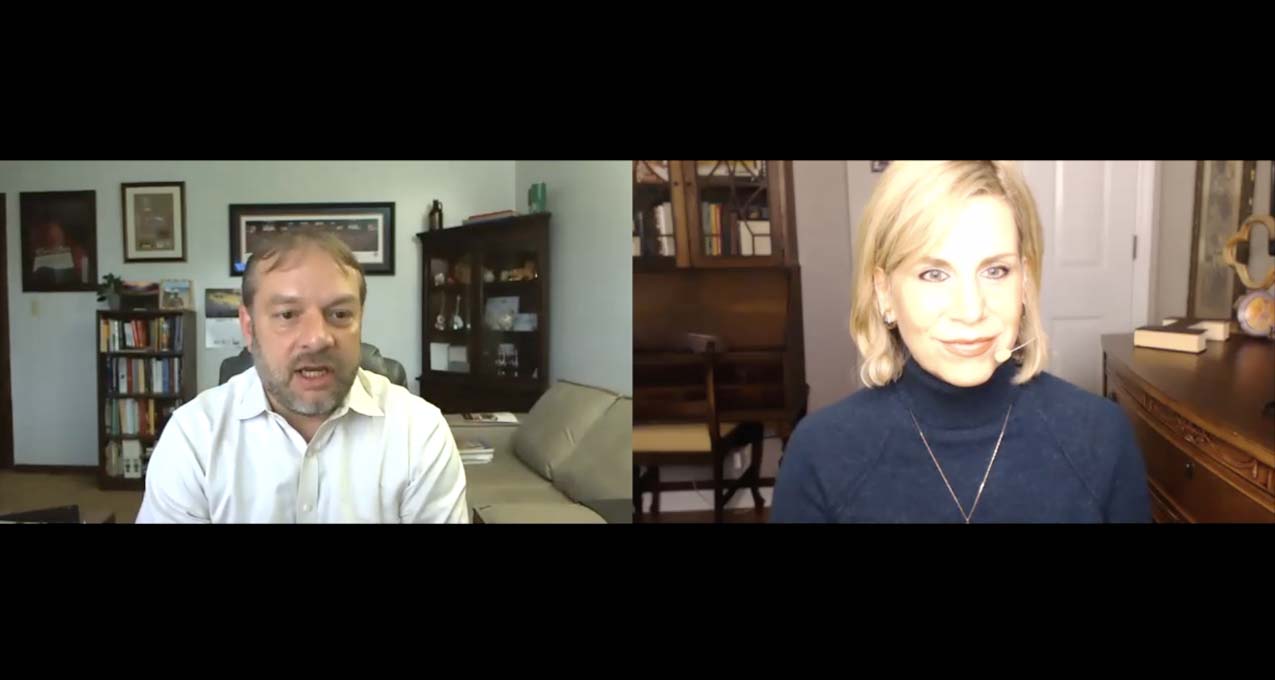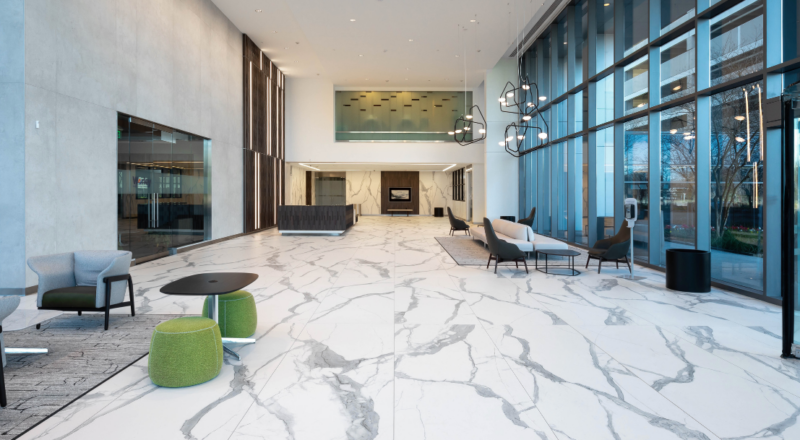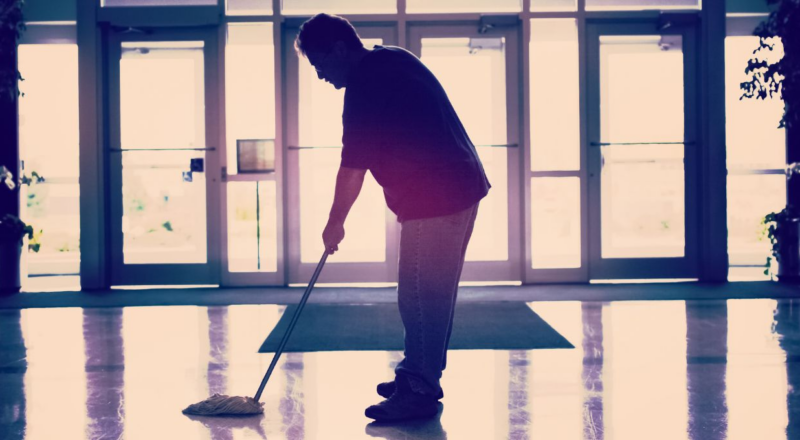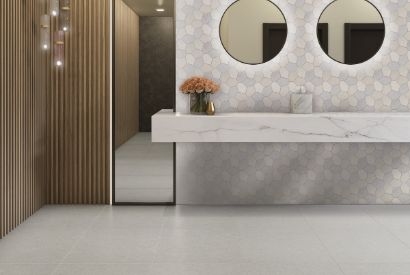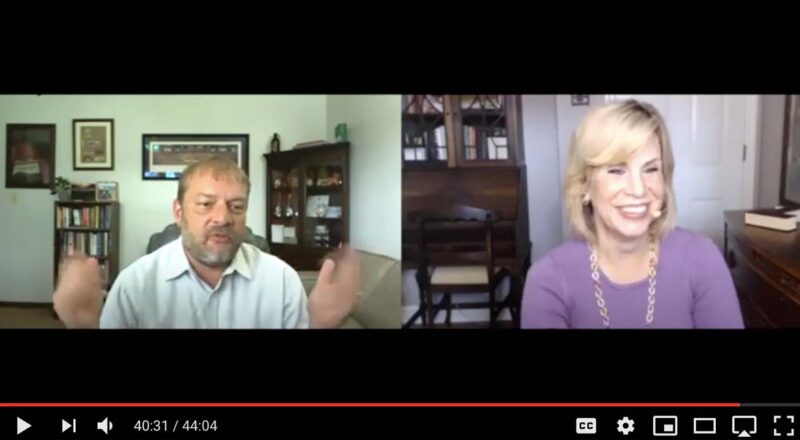One area where we are continuing to see an increase in design and installation is tile in outdoor applications. Since the pandemic has made travel challenging, some families across the country are diverting vacation savings to add pools, exterior living areas, and other outdoor spaces to their homes. This trend creates opportunities for exterior tile and porcelain surfacing installations, and, in tandem, reveals the importance of defining and understanding exterior tile specification standards. Creating safe outdoor surfaces requires robust discussions about friction and slip resistance to guide our manufacturing process and so we can properly educate clients about our products. Check out the helpful insights Noah shares in this discussion (timestamp – 8:06).
As a leading voice in the tile industry, Noah has lots to share about trends for this year and more! View the Crossville Tile Tech Talk interview with Noah and read the full transcript below.
Video Transcript
Irene:
Hey, Noah. We are back for another Tile Tech Talk, and I’m very concerned because my lighting’s off, but I’ll get over it. So how are you? We’re here. We’re recording this on the last day,
Noah:
The last day of the 2020 goodbye, 2020.
Irene:
And so I thought it would be helpful for the folks who watch our Tile Tech Talks to get your perspective on at the end of this unusual year, um, where, where we’re at in terms of technical specifications and the role of tile and cleaner environments and all that kind of stuff. Just what are you seeing is a true leader in our industry in this regard?
Noah:
Oh, goodness. Um, well, we, we have found that we have a lot, um, there has been a lot that’s been accomplished this year, I guess, from a standards standpoint. And obviously there’s still a lot of things to tackle as we go into 2021, you know, of things that may start to come our way, um, from a standards development, um, standpoint, I would say, um, getting the exterior installation standard for panels, um, was a big deal. Um, that was a couple of year process. Um, and then we’re still working on handbook details for gauged porcelain tile panels. So that’s been a, that’s been a pretty good undertaking, um, and something that we’ll see come to fruition in 2021, um, in a book published with both the interior probably, and the exterior installation standard along with the product standards. So that’s been really good. Um, and then I would say from a sustainability standpoint, you know, there, there seems to be a lot of things going on because of COVID that, uh, I won’t say that we have a strong handle on yet, but that we’re anticipating, you know, something we need to pay attention to in 2021, you know, are there going to be new standards for cleaning surfaces or for, you know, what kind of surfaces are going to be allowed based on what properties they have?
Noah:
So, you know, there’s lots of pilot credits going on and, you know, bleed standards and we’re seeing some things in well in those. So we’re paying attention to those things and, you know, they’re, they’re moving targets right now. Um, but, but I think, you know, it it’ll be something that we’re going to focus some effort on in 2021 to at least understand, you know, what, what is the new world that’s going to be created by the fact that we’ve lived in this thing for a year? Um, and people are going to be concerned about different things and asking different questions and, you know, we’ll, we’ll try to stay out in front of that.
Irene:
Absolutely. You know, it’s interesting when this all started and we were creating content and we were responding to immediate needs, I, as somebody who helps create all this content, trying to be aware that eventually we would get past COVID. So we didn’t want everything to be on this topic. And yet here we are at the end of the year going into the next, and it’s still so relevant. So it absolutely has to be consistently openly addressed. And, and it is an evolutionary process. We don’t know,
Noah:
I think it is going, it’s going to change. It will result in a change in building design. I think, I think, you know, I think lots of people are talking about that, how our spaces are going to be different and how, you know, the things that we care about in our spaces are going to be different. Um, and I think it’ll change the co you know, some questions that people are going to be asking that we’re going to need to have answers to. So, you know, none of us are going to forget it quickly. Um, and it should, it should, in some ways change, you know, how we perceive and go forward.
Irene:
Right. I saw an interesting headline. I’ve only read the headline, not the full article, but it really intrigued me. And I think it’s so relevant and I will be revisiting it is that even like office spaces are, we sometimes think that we’ve always had offices. No, it’s a human phenomenon. It’s an invention that answered a need in our marketplace. And so if it’s an adventure invention, that means it can change to respond to how the marketplace evolves. And so, yeah, I think we’re just in that process of figuring things out.
Noah:
Yeah, I think so too. I think people are trying to figure out what, what people are gonna want, you know, and what’s gonna, what’s gonna make people feel comfortable as well as be functional in somewhat of a new, you know, environment. So, you know, we’ll, we’ll see, we’ll see where it changes. Right.
Irene:
Right. And as you look at the coming year and, and your priorities, do you have anything that’s top of mind that you’re focused on?
Noah:
I mean, I guess, you know, the, the biggest question is when, when are we going to be able to travel again? You know, um, we have, uh, we want to get back to in-person training. You know, we, we’ve got, uh, we’ve got an investment with the national top of contractors association and sponsorship of gauged, porcelain tile, contractor installation training, which is important because that market is still growing. Um, and even five, six, seven years after we’ve been training quite a few people, there are still people, you know, interested in, especially on the residential side, because I think in the beginning we focused more on the commercial side. Um, so I think now on the residential side, there’s contractors wanting to get into that. So for sure, you know, when can we get back to, you know, even in small groups, you know, congregating to, you know, I think the plan, the plan so far is to, to not be unrealistic with that, you know, to know that that’s not going to happen in the first quarter and kind of plan and cross fingers for the second quarter and deal with it, you know, week by week, month by month.
Noah:
So, so we’re going to see how that is, but that’s for sure a priority for us next year is to get back to doing that. Right. And then, you know, there’s just all the, I think it’s going to, it’s going to be super interesting when, you know, after the first quarter hits, you know, um, how vaccinations are going, you know, and that kind of thing. So, I mean, right now we’re looking at surfaces in June and coverings in July and total solutions and Jacksonville in October, um, you know, plus a couple of annual meetings in different places. So, you know, if it comes back, does it really come back? So, you know, I mean, cause I, I can see by June it, you know, the, the want, you know, for me and for obviously for everybody else to get back to doing an exact, by the way we were doing it before, is that realistic, but I think it’s like anything else you have to plan for it. And then you pivot you pivot if it’s not the way it’s going to be. So it could end up being a pretty busy second half of the year just from, you know, getting caught up on those things.
Irene:
Oh, I know I’m kind of already bracing for that. It’s challenging going to all our shows, even when they’re spread out a little bit, but consolidating it on the calendar will be, will be tough. But I think a great point that you’ve made is that in-person training that it’s, I mean, in this industry and hands-on experience is essential.
Noah:
Yeah. I mean, you know, I think if, if we knew we were going to have to live with this for another year or two, we would figure out a way to develop some digital content, but we all know, you know, my personal feeling is there’s, there’s only so much of a replacement that is, you know, if we had to do it, we wouldn’t get it done because that’s the way it had. But you know, really being there is ultimately, you know, for all kinds of reasons, um, still the best way to do it. And we want to get back to deal with that.
Irene:
Yes. I mean, so hands-on for goodness sakes and, and every person has a unique situation as they’re learning, something like that. I can’t even imagine trying to make that inefficient process digitally, but we’ll do what we gotta do
Noah:
It. Yeah.
Irene:
A little, I just did. I don’t even know that you would have anything other than to smile and nod when I say it, but I think it’s really interesting. I’m observing, um, out in the marketplace, um, residentially tile being more relevant for outdoor spaces. And um, we’re like right now we’re focused on pool tile because families are diverting their vacation budgets where they would have gone to Disney world. Well, now let’s put in a pool in the backyard. So I just think it’s, it’s interesting how the world is responsive to situations like this and how that trickles down into what happens in the world of tile and how we sell tile and what we provide. So I don’t know it, you know, while other kinds of projects are being halted or not started yet, at least we have some interesting pivots happening.
Noah:
Yeah. I guess in my world that we have had more questions specifically because of that, you know, um, we’ve had questions about, you know, what makes a good exterior tile, um, or what are the rules and those kinds of things. And it isn’t, it is a difficult area for me to talk about because there aren’t, we don’t have standards for coefficient of friction is really the main conversation, right. Because we make porcelain tile. So, you know, being outside free-thaw is the one concern to make sure, but being porcelain, we have no concerns with being outside from a stability or aware standpoint. So we’re really just talking about appropriate, you know, slip resistance or traction or coefficient friction. Right. Um, and there aren’t really any rules in the United States for that. So we have standards, for measuring the dynamic coefficient of friction.
Noah:
But the only standard we have now is for interior level spaces in there, isn’t a lot of guidance because of all of the extra things that come in to try and understand what’s the appropriate thing for an outdoor surface, where, you know, it’s exposed to the elements and those kinds of things. So we don’t have as much, we only have this kind of one number of zero greater than, or equal to 0.4 to four interior level spaces. Um, and so traditionally, um, there’s, there’s no guidance to tell us what’s the right thing. So, you know, over our history as a company, and I think most in the tile world, we created exterior, um, exterior products by creating structure in the product, you know, simulating natural stone and the surfaces that give, you know, grip and undulation and texture that can provide some slip resistance.
Noah:
And now there are technologies evolving finishes, um, that can be created that aren’t relying on the structure as much, um, but more in just how the surface grips in a wet environment. So it may allow us to kind of go into new areas of exterior use. Um, but, but it’s tricky from my standpoint, because there’s no standard that says, well, if you do this and this and this, then that makes it okay for exteriors. So, and there’s all kinds of coefficient, friction standards around the world. We, we rely on this one, a three 26 dot three is the most current version. Um, and we use that as our test method and we use the 0.42 is kind of a benchmark, but when we go outside, we know we need more than that, but how much more. So we draw on some standards from around the world internally, you know, that we don’t use, um, completely, but they may be background information for us.
Noah:
Like we may use the German ramp for example. And some people may have heard of our nine or 10 or 11 or 12, where somebody actually walks on the tiles and inclines that surface until, you know, you feel like you lose grip, that kind of thing. So internally we use some information like that in order to try and design the best tile for the market or, you know, to, to make something as useful. But it’s a difficult thing to try and find the balance between good grip easily. Cleanability everything that you’re trying to do to make a good tile. So in the absence of clear and cut standards, um, you know, it’s something that we keep having a conversation about and how do we, how do we make the best possible for the customer? So, um, and I think that’s that’s pools and the exterior transition area. So
Irene:
It’s just interesting, you know, and I certainly didn’t mean to put you on the spot there with that topic. It’s just, it, it has come up so much more in the course of this year, um, as priorities are diverted and projects more to do this kind of thing, and that’s very much an outcome. I mean, not that pools weren’t popular before, but seeing that become more of a focus in how we’re selling and what people are choosing to do around their homes, that kind of thing.
Noah:
Yeah. In the background, it’s a discussion that’s been going on for awhile. Some of the other manufacturers have some charts that give some areas, you know, and some recommendations. So we kind of look all that. It’s just hard for me in my department because I’m used to black and white, here’s the standard, here’s what we have to meet. And when there’s an absence of standards, you know, then it’s a draw on all the knowledge you have in order to, you know, try and make the right decisions and that kind of thing. It’s been an interesting conversation to have. So luckily we sit at a place where we understand, you know, a lot of the global standards and because of our work on the ISO committees and the committees, we kind of know what’s going on out there. And it definitely has a conversation in the industry that’s going on. Um, and a conversation internally that we’re having, you know, with the launch of Portugal and then, you know, with working on new things, um, that we want to make sure that we are providing the best products to the market, um, for those areas that are, you know, um, going to be the ones that people are looking at and changing in their, in their space.
Irene:
Yeah, absolutely. It’s interesting. And I know it’s yeah. The calendar next year, um, and what products we’ll be rolling out or just, you know, we’re, well, I mean the, the new year is here, but we’ve been thinking about it for several months preparing. So, uh,
Noah:
I think it’ll take some more educational process because that’s really what it is. You know, people are gonna ask questions and when there’s not an answer, that’s like, well, here’s the answer, you know, because the standard says this, then it’s gotta be this conversation about, well, what are you trying to accomplish? And, you know, what’s the right surface for you. Cause I don’t think the, the, the pool that you and I would build here at the house and the requirements that we have for it, isn’t the same requirement for the pool. Isn’t the same requirement for the Colonnade of a shopping mall and an outdoor space. You know, these, these, these things don’t all have the same symbol if it’s this it’s okay. So we need to make sure that we can educate our clients appropriately to make the right choices.
Irene:
And this just proves how valuable, what you provide in the mix.
It’s not simple conversation. Yeah. There are so many aspects to consider, so. Wow. Well, cool. Well thank you for just sharing a few minutes. I know it truly is. As we’re recording this, it’s new year’s Eve, so you might want to check out, enjoy your day and what’s left of this crazy year.
Noah:
Yeah. We still got a couple hours worth, uh, worth of stuff to do before we call it all. Ready to call it a year.
Irene:
Yes. For goodness sakes. Well, we look forward to the next Tile Tech Talk that we’ll record on the flip side.
Noah:
Okay, great.
Irene:
Cool. Yes. So much. Appreciate you taking time to do this. It’s really helpful for folks.
Noah:
Absolutely. We appreciate it. Appreciate doing it.
Irene:
Yeah. Thanks. All right. Bye!

